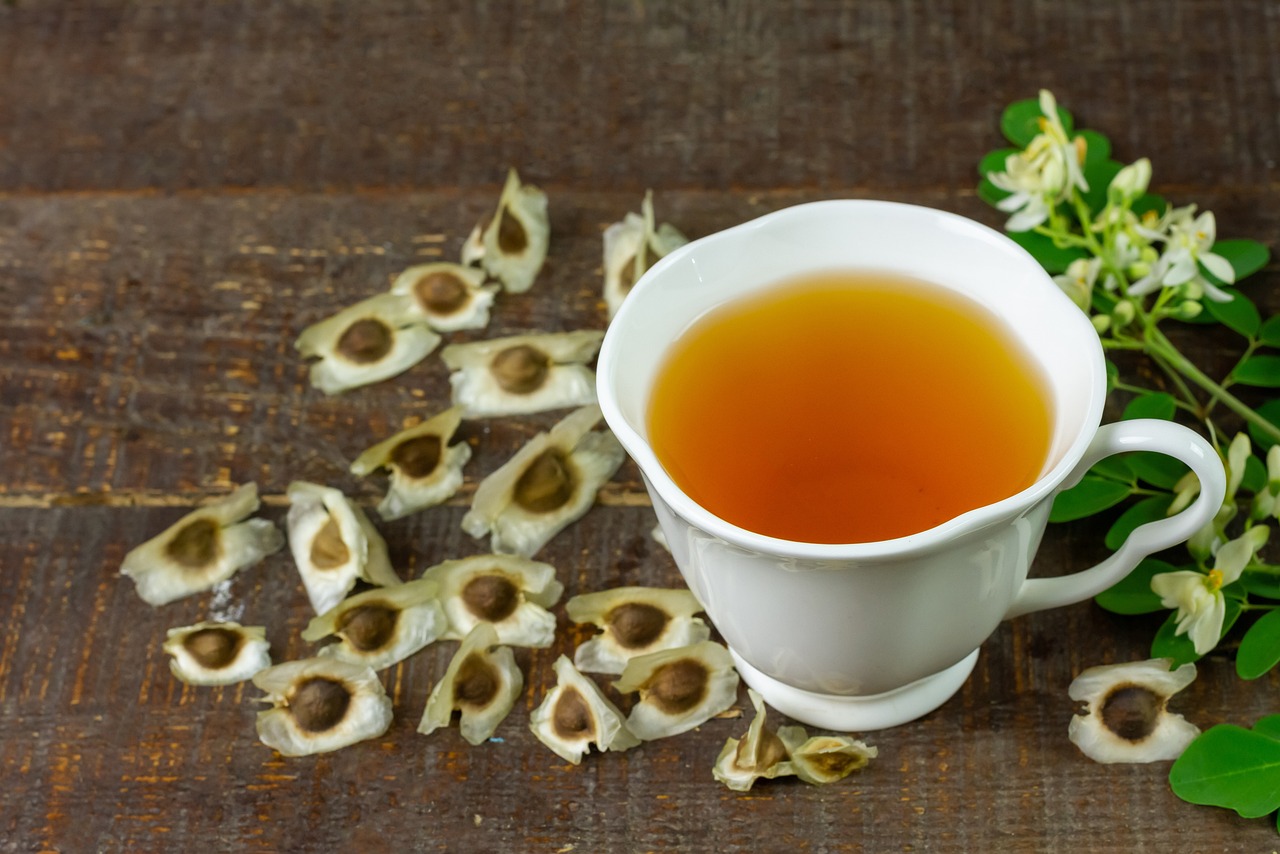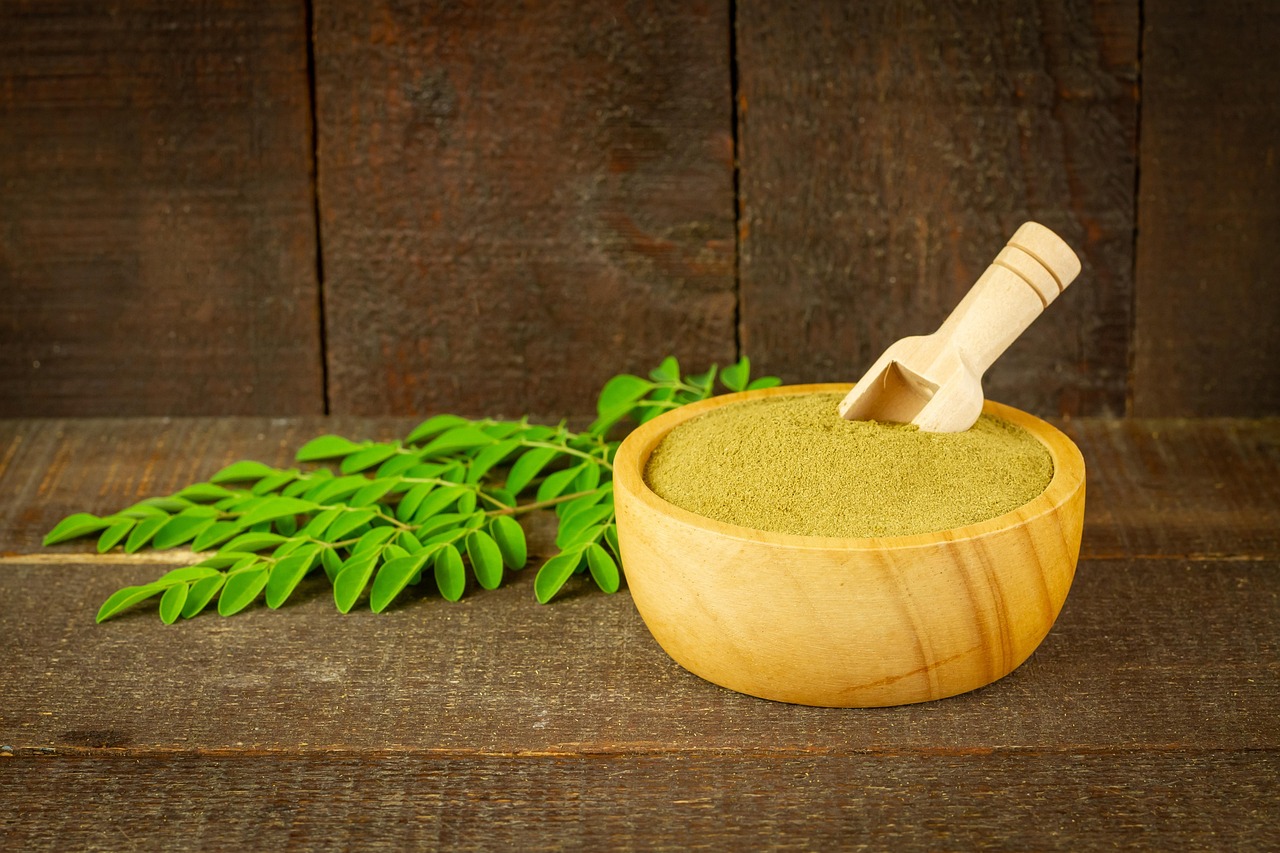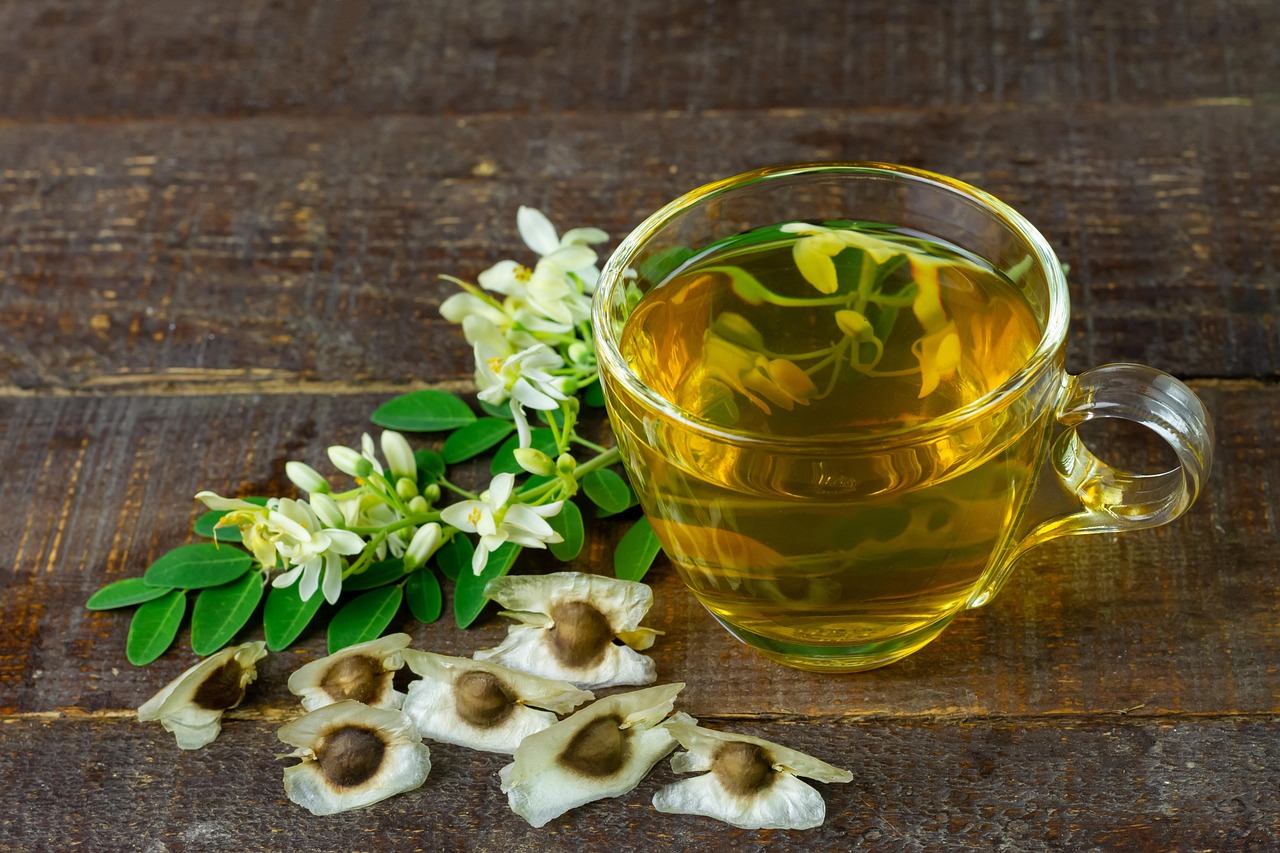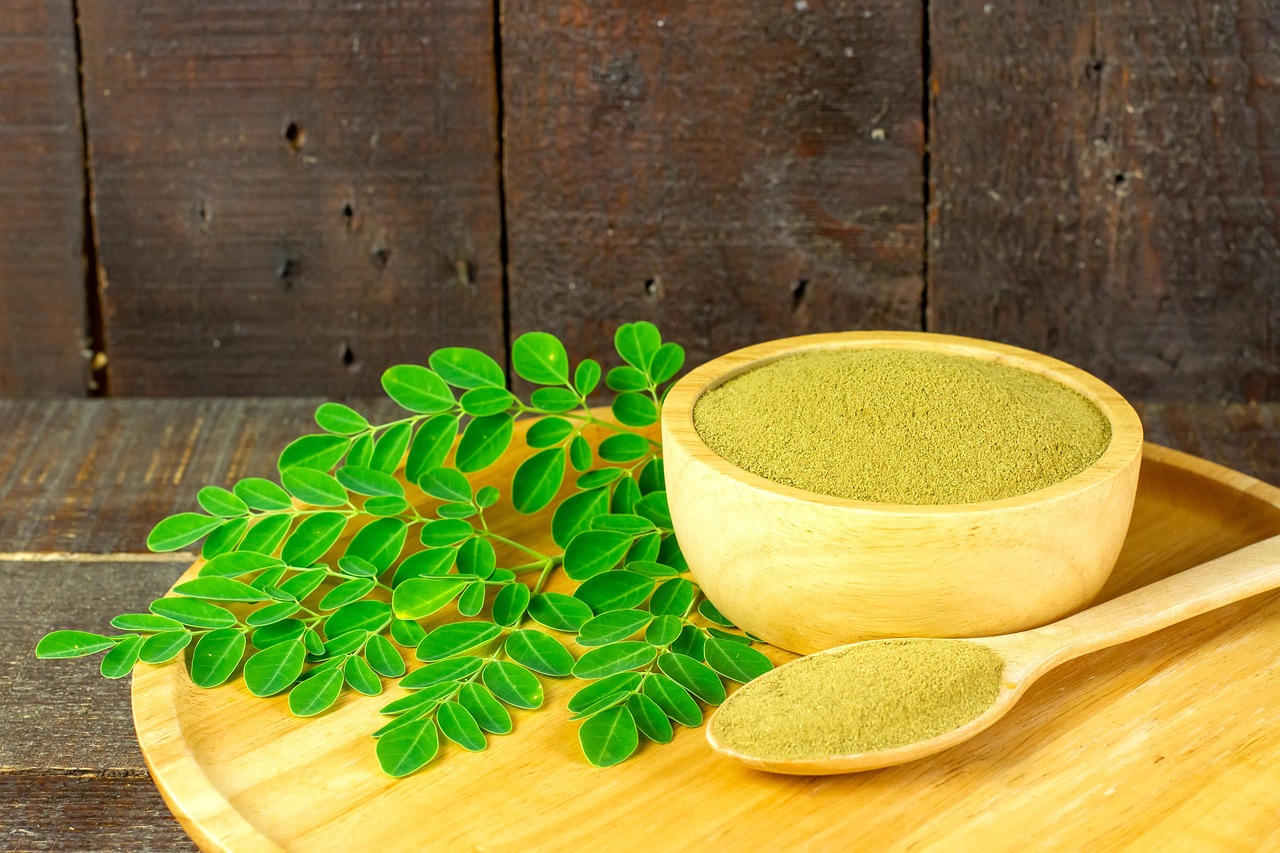The Moringa tree, known for its rapid growth, can reach a height of 10 to 20 feet within the first year if conditions are optimal. This fast growth allows for early harvesting of edible leaves, typically starting just 60 to 90 days after planting.
Moringa, often referred to as the “miracle tree,” is celebrated for its nutritional benefits and fast growth rate. Native to parts of Asia and Africa, this tree is well-suited to tropical and subtropical climates. With its ability to thrive in poor soil and withstand drought, Moringa has gained popularity among farmers and home gardeners alike. The leaves are rich in vitamins, minerals, and antioxidants, making them a valuable addition to diets worldwide.

One of the most attractive features of the Moringa tree is its growth rate. Understanding this rate is crucial for those looking to cultivate the tree for its edible leaves. The Moringa tree can grow several feet each month under ideal conditions, which allows for multiple harvests throughout the growing season.
Factors Influencing Moringa Tree Growth
Several factors play a significant role in determining the growth rate of the Moringa tree. These include:
- Soil Quality: Moringa thrives in well-draining soil rich in organic matter. Poor soil can hinder growth.
- Water Availability: While Moringa is drought-resistant, consistent watering during the early stages promotes faster growth.
- Sunlight: Full sun exposure is essential. Moringa requires at least 6 hours of direct sunlight daily.
- Temperature: Ideal temperatures range from 77°F to 95°F (25°C to 35°C). Extreme cold can damage the tree.
- Fertilization: Regular feeding with organic fertilizers can enhance growth and leaf production.
By optimizing these factors, gardeners can significantly improve their Moringa tree’s growth rate and maximize leaf harvests.

Growth Timeline
The growth timeline of the Moringa tree can be broken down into several key stages. Understanding these stages helps in planning for leaf harvests effectively:
| Stage | Time Frame | Description |
|---|---|---|
| Seed Germination | 1-2 weeks | Seeds typically germinate within a week or two under ideal conditions. |
| Seedling Stage | 2-3 months | During this stage, seedlings develop into young trees with a few sets of leaves. |
| Early Growth | 3-6 months | Growth accelerates, and trees can reach heights of up to 6 feet. Harvesting begins. |
| Mature Growth | 6-12 months | Trees reach full height and can be harvested multiple times for leaves. |
| Continued Growth | 1 year and beyond | Moringa trees can continue to grow and produce leaves annually for many years. |
Moringa trees can begin producing edible leaves as soon as three months after planting. This rapid growth allows growers to enjoy fresh leaves year-round. Regular harvesting encourages new growth, making it possible to obtain multiple harvests each year.
In addition to leaf production, the Moringa tree’s growth rate contributes to its overall benefits. Its ability to grow quickly means that gardeners can enjoy not only its nutritional advantages but also its environmental benefits, such as improving soil health and providing shade.

Understanding the growth rate of the Moringa tree is essential for anyone interested in cultivating this remarkable plant. By providing the right conditions and care, one can unlock the full potential of Moringa, reaping both health benefits and economic rewards from its rapid production cycle.
Optimal Conditions for Moringa Growth
To achieve the best growth rate for Moringa trees, it is essential to create optimal growing conditions. This involves understanding specific environmental factors, such as soil composition, temperature, and moisture levels. Below are some key considerations for ensuring healthy Moringa growth:
- Soil Type: Moringa prefers sandy or loamy soil. It can tolerate poor soil conditions, but nutrient-rich soil enhances growth.
- pH Level: The ideal soil pH for Moringa is between 6.0 and 7.0. Testing soil pH can help in making necessary adjustments.
- Drainage: Proper drainage is crucial. Waterlogged soil can lead to root rot and stunted growth.
- Humidity: Moringa trees thrive in humid environments but can adapt to drier conditions with proper care.
- Wind Protection: Young trees may need protection from strong winds, which can damage their delicate branches.
Watering Practices for Moringa Trees
Watering is a critical component of promoting healthy Moringa growth. While the tree is drought-tolerant, young plants require regular watering to establish their root systems. Here are some tips for effective watering practices:

- Initial Watering: After planting, water the seedlings daily for the first two weeks.
- Established Trees: Once established, reduce watering frequency to once a week or every 10 days, depending on rainfall.
- Signs of Underwatering: Leaves may curl or yellow, indicating the need for more water.
- Signs of Overwatering: Wilting or dropping leaves may suggest too much water; adjust accordingly.
Using mulch around the base of the tree can also help retain soil moisture and regulate temperature.
Pest and Disease Management
Moringa trees are relatively resistant to pests and diseases; however, certain issues can arise that may affect growth and leaf production. Understanding common pests and diseases can help in managing them effectively:
| Pest/Disease | Description | Management Strategies |
|---|---|---|
| Aphids | Small insects that suck sap from leaves, causing curling and yellowing. | Use neem oil or insecticidal soap to control infestations. |
| Leaf Spot | A fungal disease that creates brown spots on leaves. | Ensure proper air circulation and use fungicides if necessary. |
| Mealybugs | White, cottony pests that feed on plant sap. | Remove by hand or apply horticultural oil to affected areas. |
| Root Rot | A condition caused by overwatering leading to root decay. | Avoid waterlogged soil; amend soil with organic matter for better drainage. |
Regularly inspecting plants for signs of pests or diseases can help in early detection and management, preventing severe infestations that could hinder growth.
Harvesting Techniques for Edible Leaves
Harvesting Moringa leaves at the right time and using proper techniques can maximize yield and promote further growth. Here are some guidelines for effective harvesting:
- Timing: Harvest leaves when they are young and tender, generally between 60 to 90 days after planting.
- Method: Use sharp scissors or shears to cut leaves from the top of the branches. This encourages lateral growth and prevents damage to the tree.
- Frequency: Regularly harvest leaves every few weeks during the growing season to encourage new leaf production.
- Storage: Freshly harvested leaves can be stored in a cool, dry place or refrigerated for a few days. For longer storage, consider drying the leaves.
By following these harvesting techniques, growers can ensure a continuous supply of fresh Moringa leaves throughout the growing season.
Nutritional Benefits of Moringa Leaves
Moringa leaves are not only valuable for their rapid growth but also for their exceptional nutritional profile. They contain a wide range of vitamins and minerals that contribute to overall health:
- Vitamins: Rich in Vitamins A, C, and E, which support immune function and skin health.
- Minerals: High in calcium, iron, and magnesium, essential for bone health and energy production.
- Amino Acids: Contains all nine essential amino acids, making it a complete protein source.
- Antioxidants: Packed with antioxidants that help combat oxidative stress and inflammation.
This nutrient density makes Moringa leaves an excellent addition to smoothies, salads, and various dishes, enhancing both flavor and health benefits.
Culinary Uses of Moringa Leaves
Moringa leaves are versatile and can be incorporated into various dishes, enhancing both flavor and nutrition. Their slightly peppery taste makes them a popular choice in many cuisines around the world. Here are some common culinary uses:
- Smoothies: Blend fresh Moringa leaves into smoothies for an added nutrient boost.
- Soups and Stews: Add Moringa leaves to soups and stews during cooking to enrich the dish.
- Salads: Use young, tender leaves as a salad green, mixing them with other vegetables.
- Stir-fries: Incorporate Moringa leaves into stir-fried dishes for added flavor and texture.
- Dried Leaf Powder: Dry the leaves and grind them into powder for use in recipes or as a dietary supplement.
These culinary options not only enhance the taste of meals but also contribute significantly to daily nutritional intake.
Growing Moringa in Different Climates
Moringa trees can adapt to various climates, but their growth rate and health may differ depending on environmental conditions. Below are insights on growing Moringa in different climate zones:
Tropical Climates
Tropical regions offer ideal conditions for Moringa growth. The warm temperatures and abundant rainfall support rapid growth. Here are some tips for growing Moringa in tropical climates:
- Watering: Ensure consistent moisture, especially during dry spells, but avoid waterlogging.
- Sun Exposure: Position trees to receive full sunlight for optimal growth.
- Pest Management: Regularly check for pests, as tropical climates can encourage insect populations.
Subtropical Climates
In subtropical areas, Moringa can thrive with some adjustments. Here are considerations for successfully growing Moringa in these climates:
- Frost Protection: Protect young trees from frost during winter months by covering them or bringing pots indoors.
- Soil Amendments: Enhance soil fertility with organic matter to promote healthy growth.
- Water Management: Adjust watering frequency according to seasonal changes, ensuring proper drainage.
Temperate Climates
Moringa can still be grown in temperate regions, although it may require more care. Key strategies include:
- Container Growing: Consider planting Moringa in containers to move them indoors during colder months.
- Choosing Varieties: Opt for cold-tolerant varieties if available to increase survival rates.
- Season Extension: Use greenhouses or row covers to extend the growing season.
Moringa Tree Maintenance Practices
Regular maintenance is crucial for healthy growth and productive harvests of Moringa trees. Here are essential practices to consider:
Pruning
Pruning Moringa trees helps maintain their shape and encourages bushier growth. Consider the following tips for effective pruning:
- Timing: Prune during the growing season to promote new growth.
- Technique: Remove dead or damaged branches and trim back overly long branches to encourage branching.
- Frequency: Prune every few months to maintain desired height and shape.
Nutrient Management
Nourishing Moringa trees with the right nutrients is vital for optimal growth and leaf production. Here are some nutrient management strategies:
- Organic Fertilizers: Apply well-rotted compost or manure every few months to enhance soil fertility.
- Nitrogen Source: Consider using nitrogen-rich fertilizers to support lush leaf growth, especially during the early stages.
- Micronutrients: Ensure the soil contains essential micronutrients like zinc and iron for overall plant health.
Packing and Storing Moringa Leaves
Proper packing and storing techniques are crucial for maintaining the freshness and quality of harvested Moringa leaves. Here are some effective methods:
- Fresh Storage: Store freshly harvested leaves in perforated plastic bags in the refrigerator to maintain moisture without causing rot.
- Dried Leaves: Dry leaves in a dark, well-ventilated area away from direct sunlight before packaging them in airtight containers.
- Powder Storage: Keep dried leaf powder in cool, dry places in airtight containers to prevent moisture absorption and preserve potency.
By following these storage guidelines, growers can enjoy the benefits of Moringa throughout the year while retaining its nutritional value.
Economic Benefits of Cultivating Moringa
Cultivating Moringa trees not only offers health benefits but also presents significant economic opportunities for farmers and communities. Below are some of the economic advantages associated with growing Moringa:
- Market Demand: The global demand for Moringa products, including leaves, powders, and supplements, has been steadily increasing. This trend offers lucrative opportunities for farmers.
- Diversification: Moringa can be integrated into existing agricultural systems, allowing farmers to diversify their crops and reduce risks associated with monoculture.
- Export Potential: Countries that grow Moringa can export its products, adding to national income and creating job opportunities in rural areas.
- Value Addition: Farmers can process Moringa leaves into powders, teas, or oils, increasing their market value and profitability.
By tapping into the economic potential of Moringa cultivation, communities can improve their livelihoods and contribute to sustainable agricultural practices.
Research and Development in Moringa Cultivation
Ongoing research and development efforts are essential for optimizing Moringa cultivation practices. These initiatives focus on several key areas:
- Improved Varieties: Scientists are working on developing high-yield and disease-resistant Moringa varieties to enhance productivity.
- Best Practices: Research is being conducted to establish best practices for irrigation, fertilization, and pest management tailored specifically to local conditions.
- Nutritional Studies: More studies are emerging on the health benefits of Moringa, contributing to broader awareness and consumer interest.
- Agroforestry Integration: Researchers are exploring the role of Moringa within agroforestry systems to improve biodiversity and soil health.
Such research initiatives are critical for maximizing the benefits of Moringa cultivation while ensuring sustainable practices that protect the environment.
Cultural Significance of Moringa
Moringa holds cultural significance in various communities around the world. Traditionally used in medicine, food, and rituals, it has established itself as more than just a crop. Here are some cultural aspects of Moringa:
- Medicinal Uses: Various cultures utilize Moringa leaves and pods in traditional medicine to treat ailments ranging from inflammation to digestive issues.
- Culinary Traditions: In many countries, Moringa is integrated into local cuisine, often featured in dishes that promote health and wellness.
- Sustainable Practices: The cultivation of Moringa aligns with traditional agricultural practices that emphasize sustainability and resource conservation.
- Community Health Initiatives: Some organizations promote the growth of Moringa as part of community health programs aimed at combating malnutrition.
The deep-rooted cultural significance of Moringa enhances its value beyond economics, contributing to community identity and heritage.
Final Thoughts
The Moringa tree is a remarkable plant, notable for its rapid growth rate and numerous health benefits. Its ability to thrive in diverse conditions makes it an appealing option for home gardeners and commercial farmers alike. Understanding the various factors influencing its growth, such as soil quality, watering practices, pest management, and harvesting techniques, is essential for maximizing yields and nutritional benefits.
The economic opportunities presented by cultivating Moringa are significant. With rising global demand, farmers can benefit from diversifying their crops and exploring value-added products. Additionally, ongoing research into improved varieties and best practices will continue to enhance the viability of Moringa cultivation.
Culturally, Moringa plays an important role in many communities, serving as a source of nutrition and traditional medicine. By promoting its growth and consumption, communities can work towards better health outcomes while preserving their cultural heritage.
In conclusion, Moringa is not just a “miracle tree” because of its nutritional properties but also due to its capacity to improve livelihoods and foster sustainable agricultural practices. As awareness of its benefits continues to grow, the potential for further development in this field remains vast.
